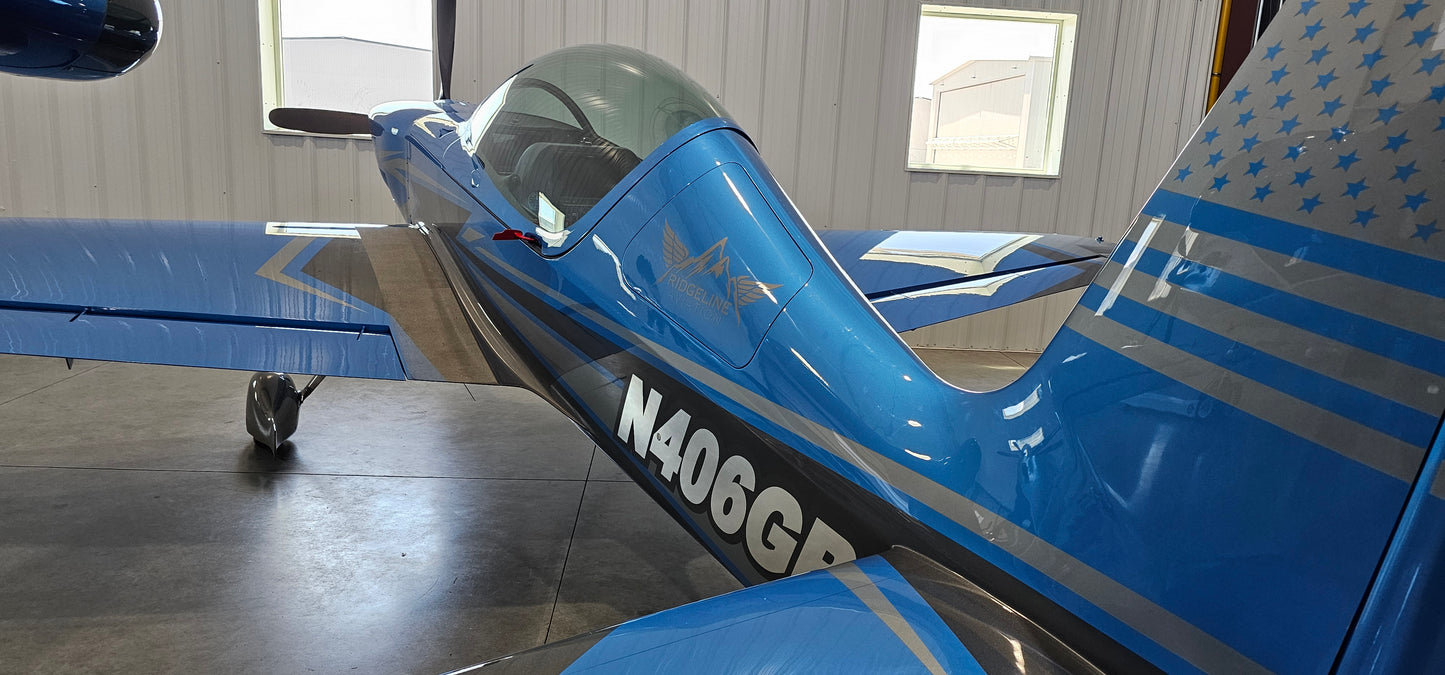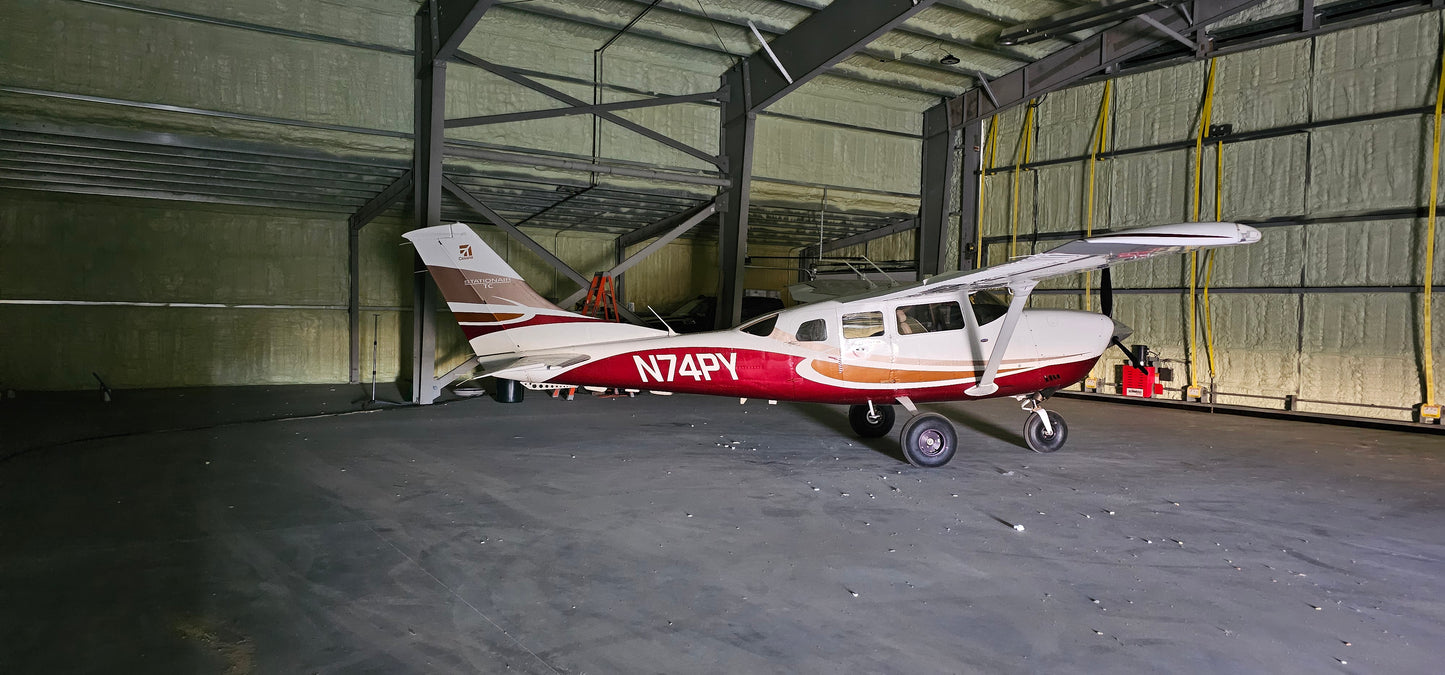SCS Wraps
Aircraft Registration Numbers
Aircraft Registration Numbers
Couldn't load pickup availability
Share


Collapsible content
Aircraft Tail Numbers
Aircraft registration numbers, often referred to as tail numbers, are unique identifiers assigned to aircraft by national aviation authorities. These numbers enable the identification of aircraft for regulatory, tracking, and safety purposes. Here’s a detailed description of the specifications, materials, and measurements associated with aircraft registration numbers:
### Proofs Available on Request
The aircraft registration number designer provided is intended for reference purposes only. It is crucial to understand that while this design serves as a preliminary visualization, it will undergo a thorough proofing process to ensure full compliance with all applicable regulations and standards.During this proofing phase, we will verify that the design meets the specific requirements outlined by relevant aviation authorities, as well as any additional guidelines needed for your particular aircraft. This step is essential to ensure that the final product not only looks visually appealing but also adheres to regulatory mandates.
This information is critical for all stakeholders in the aviation industry, including operators, regulatory authorities, and maintenance providers, ensuring the lawful and safe operation of aircraft.
Specifications
- **Format**: Aircraft registration numbers vary by country but often consist of a series of letters and numbers. For instance, in the United States, they typically begin with the letter ‘N’ followed by up to five alphanumeric characters (e.g., N12345).
- **Country Specific**: Each country has a prefix or format which helps in identifying the country of registration. For example, the UK uses the prefix ‘G’, while Canada uses ‘C’.
- **Visibility Standards**: Registration numbers must be clearly visible when the aircraft is in operation. This typically requires specific sizing guidelines:
- **Size**: The minimum height for letters and numbers is usually specified (e.g., at least 12 inches tall on larger aircraft).
- **Placement**: Registration numbers must be displayed on the tail of the aircraft and, in some cases, on the fuselage.
### Materials
- **Decals and Paint**: Aircraft registration numbers can be painted directly onto the aircraft or applied as vinyl decals. The materials used must be durable enough to withstand various weather conditions and resist fading over time.
- **Reflective Elements**: Some regulations may require that registration numbers are made from reflective materials for better visibility during night operations.
### Measurements
- **Letter Heights**: As noted, the minimum height for letters and numbers is typically set by aviation authorities. For smaller aircraft, like those under 12,500 pounds, the height may be reduced, but must still be legible.
- **Spacing**: Regulations often dictate the spacing between letters and numbers to prevent misinterpretation. Typically, a uniform spacing that allows clear readability is enforced.
SHIPPING
List the details of your shipping policy.


